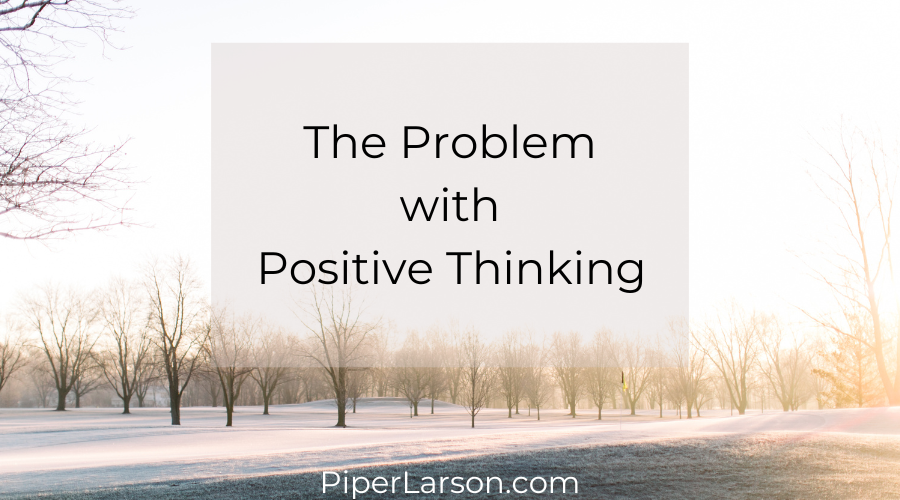
Within the last two weeks, I’ve dealt with a lot of loss.
It came in waves.
And although I didn’t realize it at first, I was trying to avoid feeling the pain. My go-to method for avoidance was positive thinking.
But as each wave came through, it got increasingly difficult to find the bright side of things. That’s when I realized I was attempting to avoid feeling, and by doing so, was prolonging my pain.
Maybe you remember my yard that I wrote about just a few short weeks ago? It’s been my sanctuary for over a decade …

Photo taken from my patio two weeks ago. Featuring freshly cut roses from my garden.
Since that post, we experienced several days and nights of:
- The threat of tornadoes all around us
- Record rainfall
- Powerful straight line winds that snapped off and uprooted trees and fences
- Hail storms with up to golf ball sized hail that was greatly intensified by accompanying 70 MPH winds
- Severe flooding
- And if the above wasn’t enough, in the middle of it all (something we can now laugh about, but at the time, was pretty scary and has since been claimed to be false by the wildlife refuge) were reports of tigers and other big cats roaming free within 20 miles of our home with the whole wacky #tigernado thing. (Perhaps you saw it trending on Twitter.)
With each weather event, the damage to our property grew greater and my nerves got more frazzled. As I look out today, I barely recognize our yard. I don’t see the beautiful park-like setting I lovingly designed and worked 13 years to develop and maintain.

Photo taken from my patio during one of our hail storms.
I’m sad about that. But the focus of this post isn’t on the physical destruction. That’s just a little background to help illustrate the point I’m trying to make about the problem I see with positive thinking.
When this weather experience first began, I slipped back into an old pattern of trying to “positively think” my way out of feeling pain over the losses we were experiencing. As I see this happen a lot, I know I’m not the only who does this. People lean on positivity as a tool for avoidance.
We don’t want to feel pain, so we tell ourselves, “It could be worse.”
That’s exactly what I said to myself several times in the first days after this began. The problem was: that thinking by itself, wasn’t helping me heal. Instead, it was making me feel like I didn’t have a right to feel my pain.
Feelings don’t need to be quantified
Not to mention, by that thinking, only one person on earth would be allowed to feel pain in any given moment. After all, someone always has it worse! Unless of course, you’re that poor soul who wins the who-has-it-worse competition.
Our feelings don’t need to be quantified, they need to be felt.
It’s true: it could have been worse. Definitely. But that doesn’t diminish the pain I feel when I realize my favorite place on earth has been destroyed.
If we have a feeling and don’t allow ourselves to experience the feeling, what do we do with it?
We avoid it. We push it down. We distract ourselves in whatever way feels comfortable to us. Emotional eaters eat. Shoppers shop. Workaholics work. You get the picture …
Permission to feel
Sometimes when we don’t feel justified in feeling our feelings, we look outside ourselves, for permission. Have you ever done that? Have you called/emailed/texted a friend, and felt the desire for them to somehow make it seem okay for you to feel your pain?
Perhaps it didn’t turn out as you’d hoped. Maybe you confided in a friend and they didn’t give you permission to feel your pain. Instead they might have said something like:
- Don’t cry
- Everything happens for a reason
- It could have been worse
- In the grand scheme of things, this really isn’t that important
That may not be the response you had hoped for. It might even feel insensitive. But there could be more to it than that. In fact, it might be their attempt at positive thinking.
They might be uncomfortable with their own feelings
Before you go off burning half of your friendship contracts, consider that this type of response isn’t necessarily due to a lack of caring. They may truly believe they are helping. Statements like the ones listed above are sometimes a way of trying to “fix” things because they do care.
Or, they may not feel safe feeling their own emotions. If that’s the case, chances are they’ll feel uncomfortable with your emotions too.
The bottom line is: give yourself permission to feel what needs to be felt. Getting support can be great. But don’t rely on others to grant permission for you to feel.
But what if I wallow?
One of the reasons we fear emotions is we’re afraid we’ll get sucked in and will never get out. In my opinion, the bigger issue is just the opposite. If we continually resist feeling an emotion, we’re setting ourselves up for having to push it down for the rest of time.
Maybe you’ve heard the saying, “What you resist persists.”
It’s true. Until a feeling is felt, it stays with you.
By feeling it, you allow yourself to release it and move on.
Next time you feel pain and find yourself trying to push it away with positive thinking, consider feeling the pain instead. If you’re ready to do that, here’s how:
5 steps to move through pain
1. Give yourself permission to feel your pain. Feel the raw emotion of whatever is trying to move through you. Don’t try to push it down by pretending it’s not there.
2. If you desire to be supported in dealing with your emotions, find someone who is a naturally compassionate witness who will listen and support you without trying to fix anything. That could be a friend, relative, therapist, coach, etc …
3. Lean into the emotion while keeping the pain clean. Don’t get caught up in stories about how it shouldn’t be happening. Surrender and feel.
4. Move through. When feelings are felt, we’re often able to move through them very quickly.
5. Once you’ve moved through the emotion, that is an ideal time to choose how you’d like to think about this experience going forward. If you’re a fan of positive thinking, now is a good time to bring it in.
Positive thinking isn’t a bad thing
I’d like to wrap up by saying positive thinking can be wonderful. I’m a big fan of it. Just make sure you’re not using it as tool to avoid feeling emotions that are begging for your attention.
XO Piper Image credit: Photo 2 and 3 taken by me in our back yard.

